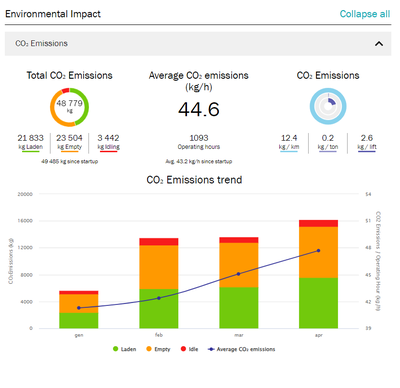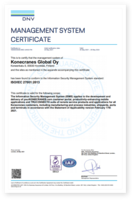yourKONECRANES Customer portal
Access your lift truck usage data, maintenance data and asset details on yourKONECRANES.com. Our cloud-based customer portal gives you a transparent view of service events and activities over any selected time period.
Equipment manuals
From July 1st, all the lift trucks model manuals, instructions and technical information have migrated to yourKONECRANES >>> go to the Documentation and Learning area section.
Credentials might be asked only for the first access. They're the same as yourKONECRANES.
Lift Trucks shop
Order printed company and equipment brochures and official merchandise. Available for our distributors only.


